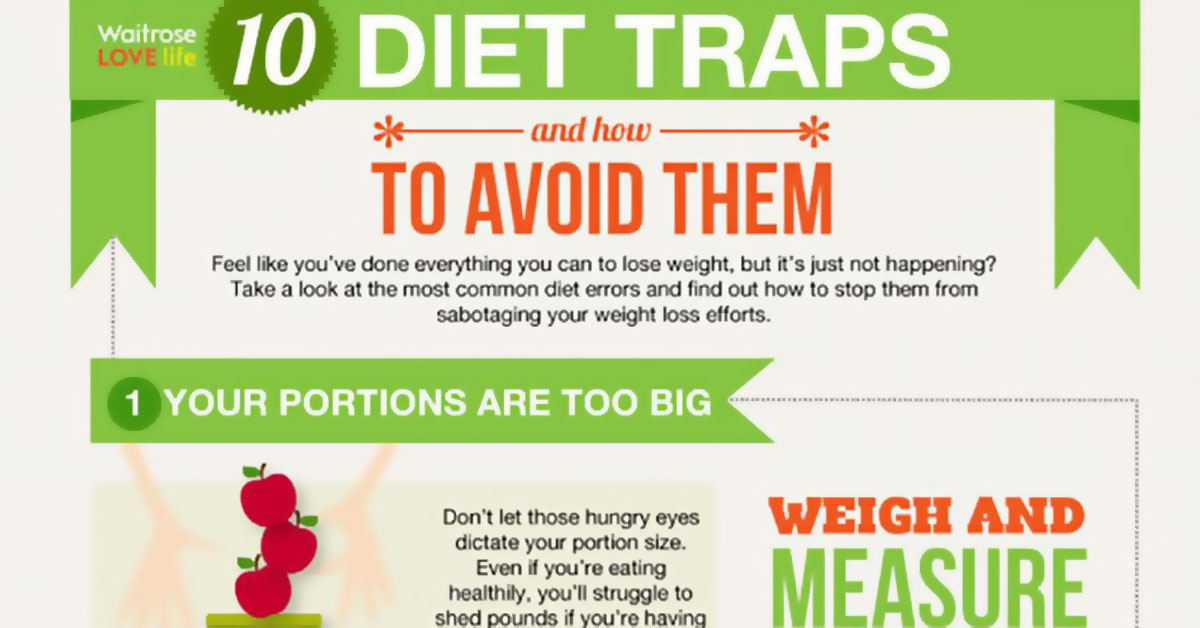A study done with mice helps explain why diets are generally an ineffective method for losing weight: when food is scarce, key brain cells trigger the prevention of calorie burning.[1] Weight loss methods can often be ineffective because our bodies operate like a thermostat and match how many calories we burn to how many calories we consume.
Our bodies compensate and burn fewer calories when we consume less, which makes it more difficult to lose weight. It’s known that this caloric thermostat needs to be regulated by the brain, but it has not been clear how it adjusts the burning of calories to how much food has been consumed.
Researchers have now discovered a mechanism in mice by which the body adjusts to reduced calorie intake and restricts weight loss. Mice are a useful model for studying how the human body functions due to the fact that there are various important physiological and biological similarities that mice and humans share.
The role of a group of AGRP neurons found in a part of the brain called the hypothalamus was tested. These ‘agouti-related neuropeptide’ neurons are known for the key role they play in regulating appetite: they make us eat when they are activated, but they can result in almost total anorexia when inhibited completely.
The researchers made use of a genetic trick for switching the AGRP neurons ‘on’ and ‘off’ in mice so that neurons activity could be rapidly and reversibly manipulated. The mice were examined in special chambers that can measure expenditure of energy, and the mice were implanted with probes that measured their temperature remotely in various food availability contexts.
It was shown that AGRP neurons are major contributing factors to the weight regulating caloric thermostat, and regulates the amount of calories that are burned. The results indicate that these neurons trigger hunger and drive us to eat when activated, but they act to spare energy when there isn’t any food available, limiting the amount of calories that are burned and therefore restricting our weight loss.
As soon as we start eating when food becomes available, the AGRP neuron action is disrupted and our energy expenditure returns back to normal. There is also a mechanism by which the activity of AGRP neurons is regulated by detecting the amount of energy available and then controlling the amount of calories burned.
The results indicate that a group of brain neurons coordinate energy expenditure and appetite, and can switch on and off to burn or spare calories according to what’s available. The neurons make us eat when there’s an availability of food, and when there’s a scarcity of food, they switch our bodies into a preserving mode to prevent us from burning fat.
Although this mechanism could have evolved for helping us to cope with famine, these days the majority of people are only confronted with such a situation when they’re intentionally dieting to lose weight. The study helps to explain why on its own, dieting over a long time period has little impact on these individuals. Our bodies automatically compensate for an unusually large reduction in calories.
The bottom line is that the best solution for losing weight, at least for only moderately overweight individuals, is a combination of moderate calorie intake reduction and exercise.




